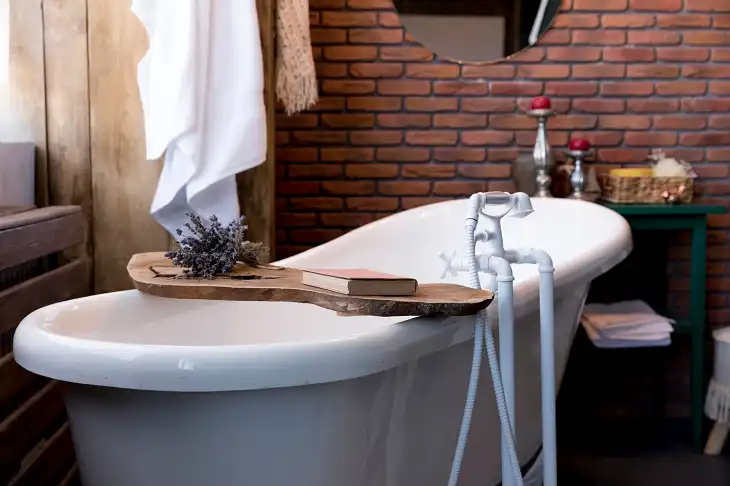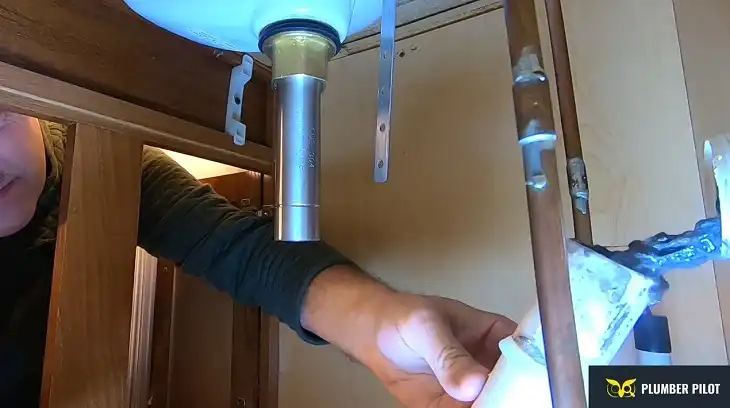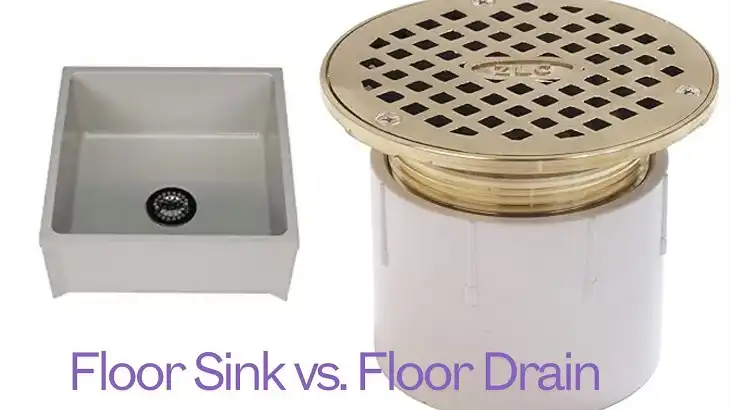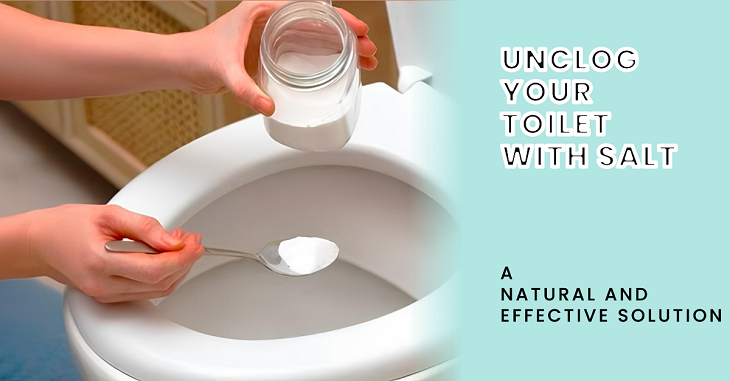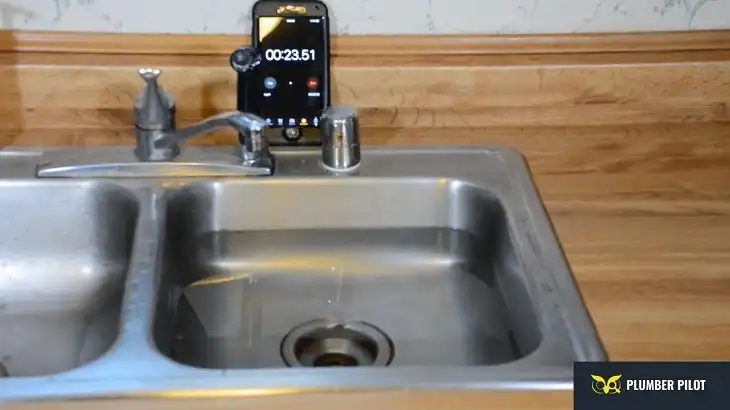Shower Drain Smells but Not Clogged
Have you ever stepped into the shower only to be hit by a nasty smell? Yeah, it’s the worst – especially when the drain doesn’t seem clogged. I know the feeling all too well. But don’t worry, I’ve got your back. In this article, I’ll explain the two main reasons behind that funky odor and how to fix it. Trust me, it’s not as complicated as you might think. Just follow along, and you’ll be back to enjoying a fresh, clean-smelling shower in no time. So, let’s dive in and get that stink sorted out!
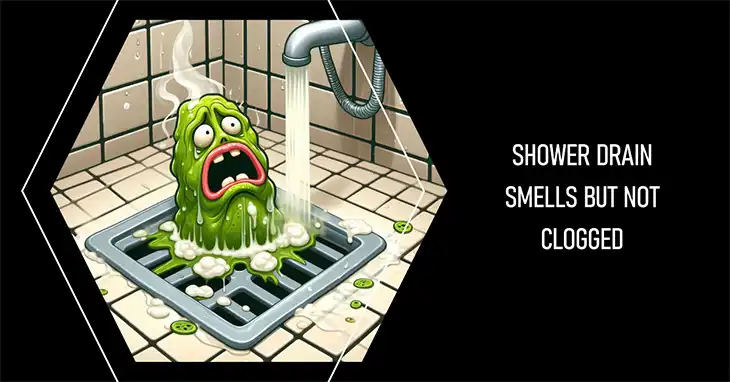
Why Does Your Shower Drain Smell without Being Clogged?
Dealing with an unpleasant odor from your shower drain can be a frustrating and unpleasant experience, especially when the drain itself doesn’t seem to be clogged. Let’s delve deeper into the two main culprits behind this smelly situation.
Dry P Trap
The P-trap, a U-shaped pipe beneath your shower drain, plays a crucial role in preventing sewer gases from entering your bathroom. This curved section of the pipe is designed to hold a small amount of water, creating a seal that blocks foul odors from traveling up the drain.
However, when the water in the P-trap evaporates, it creates a direct pathway for sewer gases to rise from the sewer system and into your bathroom. This can result in a strong, rotten egg-like smell, often referred to as a sewer gas leak.
The unpleasant odor associated with sewer gas is caused by the presence of hydrogen sulfide and other sulfur-containing compounds, which are byproducts of the decomposition process in the sewage system. These gases can be not only smelly but potentially hazardous if inhaled in large concentrations.
Dry P-traps can occur due to various reasons, such as infrequent use of the shower, low water levels in the trap, or even dry spells that lead to evaporation of the water seal.
Biofilm Buildup
Another common culprit behind smelly shower drains is the accumulation of biofilm, a slimy layer of organic matter that forms on the interior surfaces of pipes and drains.
Biofilms are typically composed of a mix of hair, soap residue, dirt, and various microorganisms, such as bacteria and fungi. Over time, these organic materials can build up and create a thriving environment for microbial growth, leading to a musty, damp, and unpleasant odor.
The smell associated with biofilm buildup is often described as earthy, moldy, or even sewage-like. This odor can permeate the bathroom, even when the drain itself is not clogged, as the biofilm continues to release volatile organic compounds (VOCs) into the air.
Biofilm buildup can be exacerbated by several factors, including the use of low-quality or harsh cleaning products, infrequent cleaning, and the presence of hair and other debris in the drain.
By understanding these two primary causes of smelly shower drains, you can better identify the root of the problem and take the appropriate steps to address it effectively.
How to Remove Unpleasant Smell from Your Shower Drain?
Fixing a smelly shower drain is a straightforward process that can help you regain a fresh, clean-smelling bathroom.
Fix the P Trap Issue
Addressing a dry P-trap is a straightforward process that can help you regain a fresh, clean-smelling bathroom. Here’s a step-by-step guide to help you fix the P-trap issue:
- Gather Supplies: You’ll need a bucket, pliers (optional), and a rag.
- Locate the P-trap: The P-trap is typically the U-shaped pipe located directly below the shower drain. It might be accessible underneath the sink or behind a removable access panel.
- Place the Bucket Underneath: Position the bucket directly below the P-trap to catch any draining water.
- Loosen the P-trap Nuts: Using your hand or pliers (if necessary), loosen the nuts connecting the P-trap to the drainpipe and wall pipe. Be careful not to overtighten or damage the nuts.
- Empty the P-trap: Slowly tilt the P-trap to drain any remaining water or debris into the bucket.
- Clean the P-trap (Optional): If there’s visible buildup, use hot water and soap or a drain snake to clean the P-trap.
- Reassemble the P-trap: Reposition the P-trap ensuring a proper seal, then tighten the nuts by hand. Be sure they are snug but not overtightened to prevent leaks.
- Run Hot Water: Run hot water down the drain for a few minutes to refill the P-trap and test for leaks. Tighten any loose connections if necessary.
By following these steps, you can effectively restore the water seal in the P-trap, preventing sewer gases from entering your bathroom and causing unpleasant odors. If the smell persists after completing this process, it’s possible that the issue lies elsewhere, and you may need to address potential biofilm buildup or seek professional assistance.
Prevent Biofilm Buildup
Preventing biofilm buildup is key to maintaining a fresh-smelling shower drain. Regular cleaning with natural or commercial solutions can help break down and flush away organic matter, hair, and other debris that contribute to biofilm formation.
Baking Soda and Vinegar
This classic cleaning combo is an effective and natural option for tackling biofilm buildup.
- Pour a cup of baking soda down the drain, followed by a cup of white vinegar.
- The mixture will fizz as it reacts, helping to loosen and remove buildup.
- Let it sit for 15-30 minutes, allowing the solution to work its magic.
- Flush the drain with hot water for several minutes.
Commercial Drain Cleaners
If the baking soda and vinegar treatment doesn’t work, you can try a commercial drain cleaner.
- Choose a drain cleaner appropriate for your type of pipe (avoid harsh chemicals on older pipes).
- Always follow the manufacturer’s instructions carefully, including safety precautions and recommended dwell time.
- Never mix different drain cleaners, as it can create harmful fumes.
Natural Homemade Solutions
For a more natural approach, consider these options:
- Citrus Peels: Grind up citrus peels (lemons, oranges) and pour them down the drain followed by hot water. The citric acid can help break down buildup.
- Boiling Water: Carefully pour boiling water down the drain to loosen and flush out debris.
Regardless of the method you choose, consistency is key. Establish a regular cleaning routine to prevent biofilm buildup and keep your shower drain smelling fresh and clean.
Maintenance Tips to Keep Your Shower Drain Clean and Bad Odorless
Staying on top of shower drain maintenance is crucial to avoid unpleasant odors and potential clogs.
- Regularly Run Hot Water: Run hot water down the drain for a few minutes at least once a week, even if you haven’t showered recently. This helps keep the P-trap filled and prevents sewer gases from escaping.
- Consider Pouring Mineral Oil: After showering, pour a cup of mineral oil down the drain. The oil floats on top of the water in the P-trap, creating an extra barrier to slow down evaporation.
- Use Drain Covers: Install drain covers in your shower and bathroom sink to prevent hair and other debris from entering the drain and contributing to biofilm buildup. Clean the drain covers regularly to remove any trapped materials.
- Enzymatic Drain Cleaners: For occasional maintenance, consider using enzymatic drain cleaners. These cleaners contain enzymes that break down organic matter (hair, soap scum) in the drain, preventing biofilm buildup and potential odors.
However, if the odor persists despite your efforts, it may be time to call in a professional plumber. They have the tools and expertise to identify and resolve more complex drainage issues.
Wrapping Up
Dealing with a smelly shower drain doesn’t have to be a nightmare. By understanding the causes and following the steps we covered, you can bid farewell to those unpleasant odors. Remember, consistency is key when it comes to maintenance. A little effort goes a long way in keeping your bathroom smelling fresh and inviting. If you’re still unsure or have additional questions, don’t hesitate to reach out. I’m always happy to help. Thanks for sticking with me, and happy showering!

